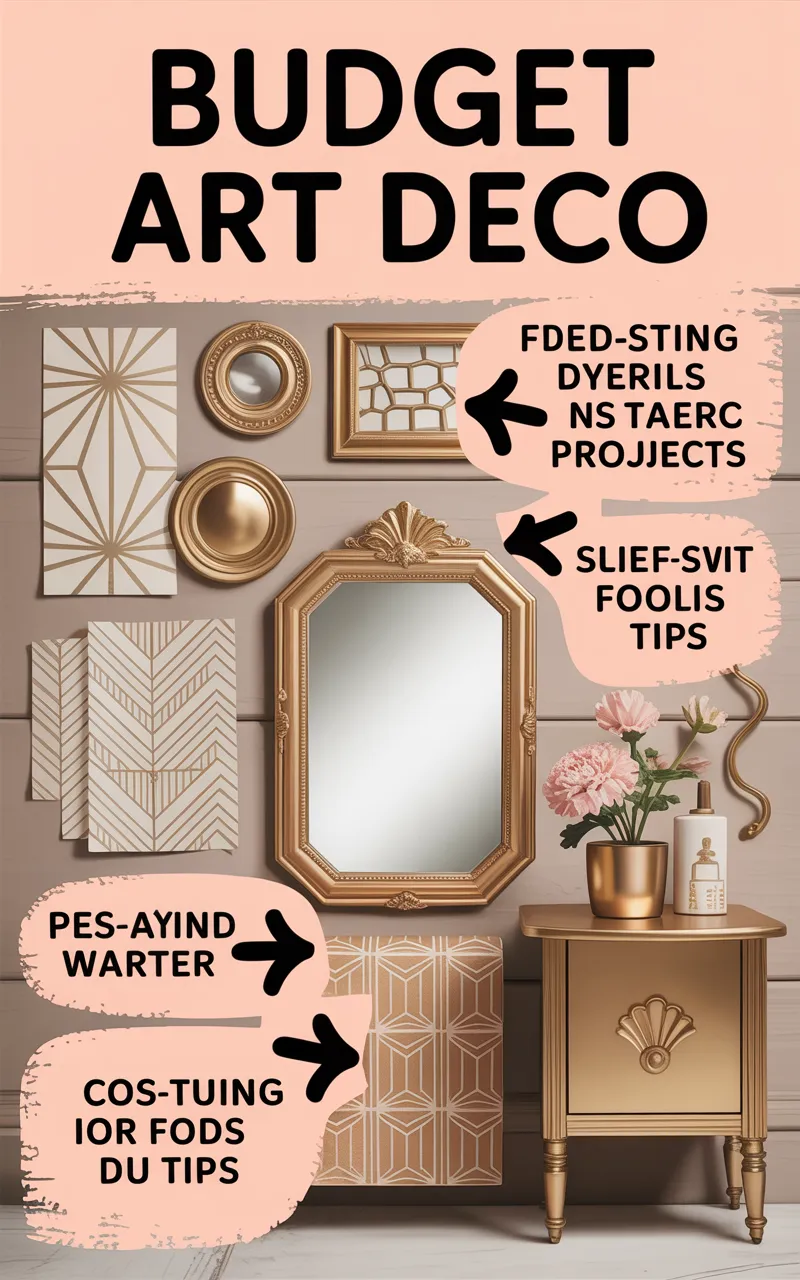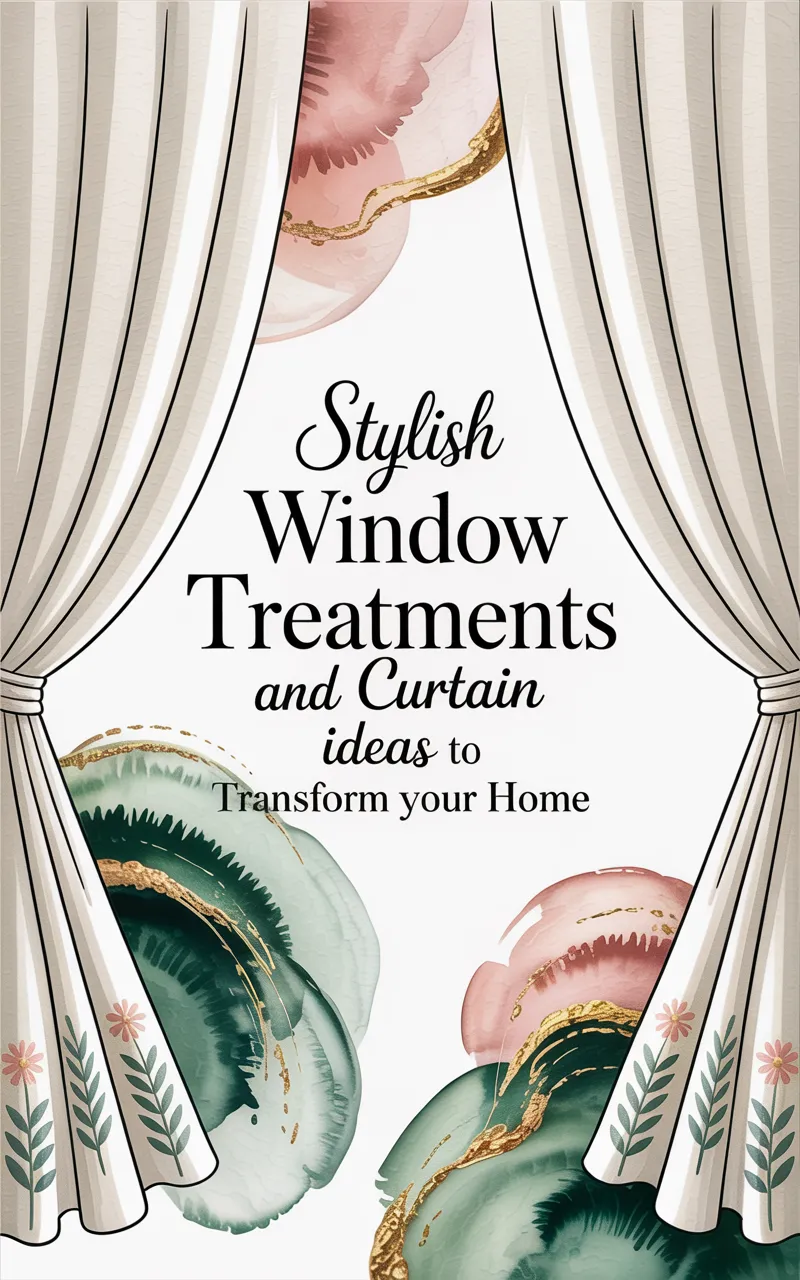(Claret blood orange on arms and legs is all the rage in interior design — and for good reason. It is daring, audacious, and the single best reversible way to turn a drab room into a tapestry. Whether you’re looking to make a statement, find visual harmony or simply enjoy experimenting with colors, this design idea offers countless ways to ignite your imagination.
In this pos, we take a look at 10 amazing color blocking ideas for your interiors. By the end, you will not only know how to do color, you’ll be empowered to do your space in a way that’s authentically yours.
What Is Color Blocking in Interior Design?
Color blocking uses bursts of contrasting or complementary color to showcase a bright and bold look. Think walls with colorful blocks of bright shades, or furniture with out-of-the-ordinary color combinations. This trend began on the runway and has seamlessly moved to interior design, bringing a modern, playful edge to your home.
That’s the beauty of color blocking, is it not? Powerful color contrasts work, or soft pale pastels, if that’s your vibe. It’s a trend that can suit a range of styles, from minimalist with a maximalist finish, so is ideal for anyone looking to inject personality into their home.
Why Try Color Blocking?
There are many good things to be said for color blocking in the home:
Show off your personality: Loud, proud and screaming with color, we love these bright, bold large blocks of color that show off our personality.
Establish focal points: Color blocking draws attention to architectural elements or parts of a room.
Provide depth and dimension: This trick to make a small space feel larger, and flat surfaces feel more interesting.
A change on a dime: Love DIY? A little imagination and a can of paint is all that is necessary.
So if you want to keep your home full of energy, here are ten that will inspire your next interior design job.
Bold Accent Walls
Make a statement with a color-blocked accent wall. Pick two or three harmonizing colors, and break it up with sharp edges. For example, a living room wall may be painted in a palette of mustard yellow, charcoal gray and dusty pastel pink. This splashy color block not only cheers up the space, but adds a touch of chic, modern energy.
Pro Tip:
You can create clean, sharp lines with painter’s tape. This will keep your colors nice and crisp and clean, and will prevent bleeding.
Geometric Wall Art
Kick color-blocking up a notch with geometric prints. Think directly painted onto walls triangles, circles and hexagons. Choose contrasting shades such as cobalt blue and tangerine or softer colours like mint and lavender for Scandi feel.
Example:
A home office can feel positively invigorating with diagonal color blocks in intense primary hues. It provides more than just an interesting accent; it promotes productivity as well.
Dual-Toned Furniture
Feeling adventurous? Do your color blocking beyond your walls and right into your furniture. Paint the backrest of a wooden dining chair fuchsia and keep the legs in their natural wood color. Or paint each drawer of your old dresser a different color, giving it a new look.
Why This Works:
Two-toned furniture is a little bit of surprise, turning any very furniture into a work of art in a room.
Ceiling Statements
The ceiling is a part of a room that is often neglected, but it is the ultimate blank canvas for adventurous color. A ceiling in a color blocked in a shade lighter than your walls can lend a cocoonlike intimacy; bold colors add an unexpected interactive element, and a lot of fun.
Fun Idea:
Combine a delicate rose-pink ceiling with white walls and gold finishes for a fresh, sophisticated style.
Color Blocked Rugs
If walls or furniture feel like daunting canvases, go small with a bright color-blocked rug. For renters who do not have the option of making permanent changes, this is ideal if they want to make their space uniquely theirs.
Why It Works:
Rugs naturally divide spaces, and color-blocked designs are a good way to ground a group of furniture while bringing warmth and texture to a room.
Architectural Highlights
Highlight architectural details, from archways to window alcoves to shelving units, with color blocking. Paint an arch in a different color to begin with as a design feature, those of emerald green against a crisp white wall.
Quick Tip:
Try this with colours that clash with the remainder of the room to instantly make feature of the room.
Split-Level Walls
Why have one wall color when you can have two? And the split-level walls are a super easy way to add color blocking (but in a subtle way). Apply a slightly darker shade on the lower half of the lid and a lighter shade on top.
Put It in Action:
Playfully sophisticatedWhen you pair an almost-sky blue upper half with a dark navy lower section in a kid’s room, the combination can create a playful yet sophisticated feel.
Monochromatic Blocking
Love to contrast, but bold is not your thing then go monochromatic. Applies different tones of one color to walls, furniture or textiles. For instance, mix soft mint green with deep emerald for a calm and unified room.
Why Monochrome:
A method to have a tailored look but add some visual interest to a room without being too busy.
Textured Color Blocking
Combine your colors blocks with some textures for a 3D effect. Mix and match matte and glossy finishes or paint one area and wallpaper another. A navy matte block coupled with a metallic gold strip can add sophistication to a contemporary living room or corridor.
Example:
Paint a geometric design behind your headboard and a velvety add your bedroom.
Kitchen Splashback Ideas
Your kitchen splashback is a perfect place to play with colour blocking! Choose bold, alternating-colored tiles for personality or paint if to match the cabinetry.
Upgrade Tip:
A mixture of white, teal, and sunny yellow tiles can create a contemporary kitchen with a vibrant zest.
How to Rock Color Blocking in Your Home
It is more than a design choice: color blocking is how you bring your home to life. So whether it’s big and brave accent walls, detailed geometric patterns or even a little dash of the unexpected in the form of pops of vibrancy on your ceiling or furniture – the trend is your oyster!
How to Start Your Journey:
Choose your palette by thinking about favorite colors and how they fit with the rest of your décor.
Start small. Try out your ideas with a piece of furniture or a single wall before you commit to an entire room.
Be confident and have fun. And keep in mind, color blocking is about taking risks and showing off your personality.
Need help? Become a part of MakersUP! Our premium design community, where experts and hobbyists showcase their newest products and ideas.
Turn your room into a work of art filled with inspiration and personality. Begin with color blocking Now!
FAQ
- What is color blocking?
Color blocking is a design technique where different solid colors are used together to create bold and vibrant contrasts in interior or fashion design.
- How do I incorporate color blocking into my home decor?
There are many ways to incorporate color blocking into your home decor, such as using contrasting colors on walls, furniture pieces, and decorative accents. You can also experiment with different textures and patterns in your color combinations.
- Is there a rule for choosing colors when color blocking?
There are no rules when it comes to choosing colors for color blocking. However, you may want to consider the mood and atmosphere you want to create in a space before selecting your colors.





Leave a Reply
You must be logged in to post a comment.